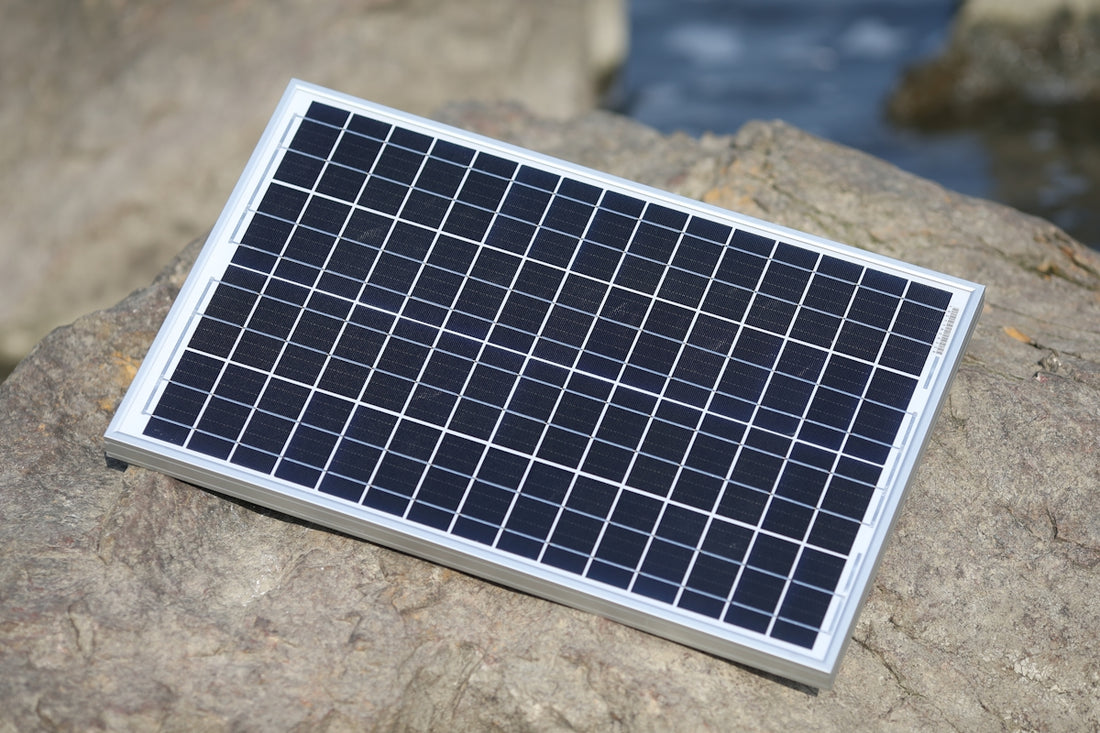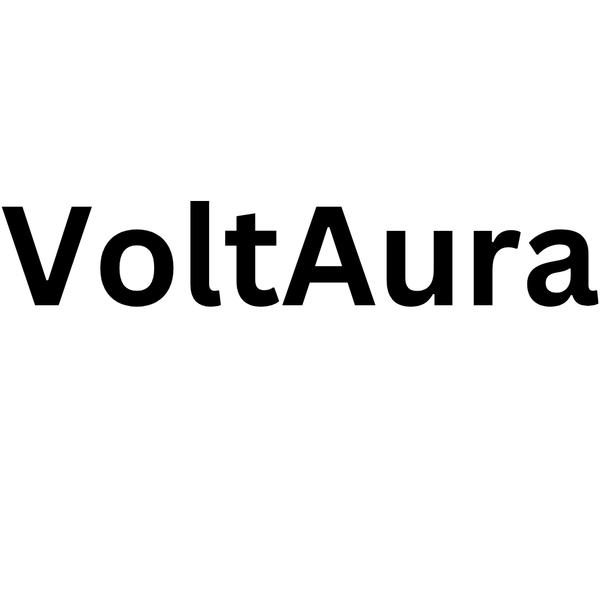
Step-by-Step Installation of Portable Solar Power Generators in RVs
Share
Harnessing the power of the sun is no longer a futuristic fantasy; it is a practical, environmentally-friendly, and cost-effective solution that RV enthusiasts are increasingly adopting. Whether you are a weekend warrior or planning to adopt full-time off-grid living, installing portable solar power generators in your RV can significantly enhance your experience. As the technology improves and becomes more accessible, understanding how to set up these systems, like solar generators and portable power stations, can transform your mobile lifestyle. In this comprehensive guide, we will walk you through the step-by-step installation process of portable solar power generators in your RV, with a focus on ensuring that you have a reliable power supply for all your adventures.
Why Choose Portable Solar Generators for RVs?
Before diving into the installation process, it's essential to understand why portable solar power generators stand out as an ideal power solution for RVs. They offer several benefits that make them indispensable:
- Sustainability: Solar power is clean and renewable, reducing your carbon footprint and reliance on fossil fuels.
- Cost-Effectiveness: While the initial investment might seem hefty, the long-term savings on electricity are significant.
- Quiet Operation: Unlike traditional gas generators, solar generators operate silently, ensuring you enjoy the peace and tranquility of nature.
- Portability: Designed for easy transport and installation, these generators enhance the flexibility of your RV travels.
- Efficiency: Newer models offer vast storage capacities, ensuring that you have power throughout the day and night.
Selecting the Right Portable Solar Power Generator
Choosing the right generator is crucial to ensure it meets your power needs. The key factors to consider include:
- Capacity: Assess your power needs based on the appliances and electronics you plan to power. For instance, the EcoFlow DELTA Pro 3 – 4000Wh Portable Power Station provides substantial capacity for extended use.
- Weight and Size: Ensure the generator is portable enough to be moved easily within your RV. Compact systems like the ECOFLOW DELTA 2, 950Wh/1024Wh LiFePO4 Battery are ideal for space-constrained environments.
- Compatibility with Solar Panels: Confirm that your portable solar generator is compatible with the solar panels you intend to use.
- Durability: Opt for systems built to withstand the rigors of outdoor and mobile use.
Step-by-Step Installation Guide
Step 1: Plan Your Setup
Start by planning where everything will go. The positioning of solar panels, power stations, and wiring should be strategic to optimize sunlight exposure and ensure safety. Consider:
- Solar Panel Placement: Typically, roof-mounted panels are most effective. Aim for a spot that gets the most sun exposure during the day.
- Proximity to Power Generator: The closer the panels are to the generator, the less energy is lost in transmission.
- Cable Routing: Plan how you'll run the cables from the roof to where the generator and batteries are stored.
Step 2: Install Solar Panels on Your RV
- Mount the Panels: Secure the solar panels on the roof using mounting brackets. Ensure they are tightly fixed to withstand travel vibrations and weather conditions.
- Angle Adjustment: Adjust the panels to an optimal angle for maximum sun exposure. This angle might differ based on your geographic location and season.
Step 3: Set Up the Portable Solar Power Generator
- Position the Generator: Place your generator in a well-ventilated area within the RV. This prevents overheating and ensures safety.
- Connect the Generator to Solar Panels: Use suitable wiring to connect the solar panels to the generator. Ensure all connections are tight and weatherproof, to prevent any short circuits.
Step 4: Wiring and Electrical Components
- Inverter Installation: If your generator doesn't include one, install an inverter to convert DC to AC power, suitable for most appliances.
- Battery Connection: Connect the generator to your RV's battery system for an efficient power backup. Ensure proper grounding to avoid any electrical hazards.
Step 5: Test the System
- Initial Charging: Allow the panels to charge the generator for several hours in direct sunlight.
- Check Functional Operations: Once charged, test different appliances to ensure stable power delivery.
Step 6: Maintenance Checks
To ensure lasting operation, carry out regular maintenance by:
- Cleaning the solar panels to reduce dirt and grime buildup.
- Monitoring battery health and charge levels.
- Inspecting all electrical connections and wiring for wear and tear.
Preparing for Off-Grid Living and Emergencies
Installed correctly, portable solar power generators enable seamless off-grid living. They ensure that you have a reliable power source during emergencies, providing peace of mind and preparedness. This is particularly advantageous for those living in remote areas with unreliable power infrastructure.
Conclusion
Implementing a solar power system in your RV need not be daunting. With the right portable solar power generator and a methodical approach to installation, you can enhance your RV lifestyle, harness clean energy, and save on costs over time.
Explore the wide range of solar products offered by VoltAura Solar to find the best solutions tailored for your mobile lifestyle. Whether you're looking into the robust EcoFlow DELTA Pro 3 – 4000Wh Portable Power Station or the versatile ECOFLOW DELTA 2, 950Wh/1024Wh LiFePO4 Battery, you are guaranteed products that bring both efficiency and peace of mind to your adventures.
Happy travels and solar-powered adventures!

